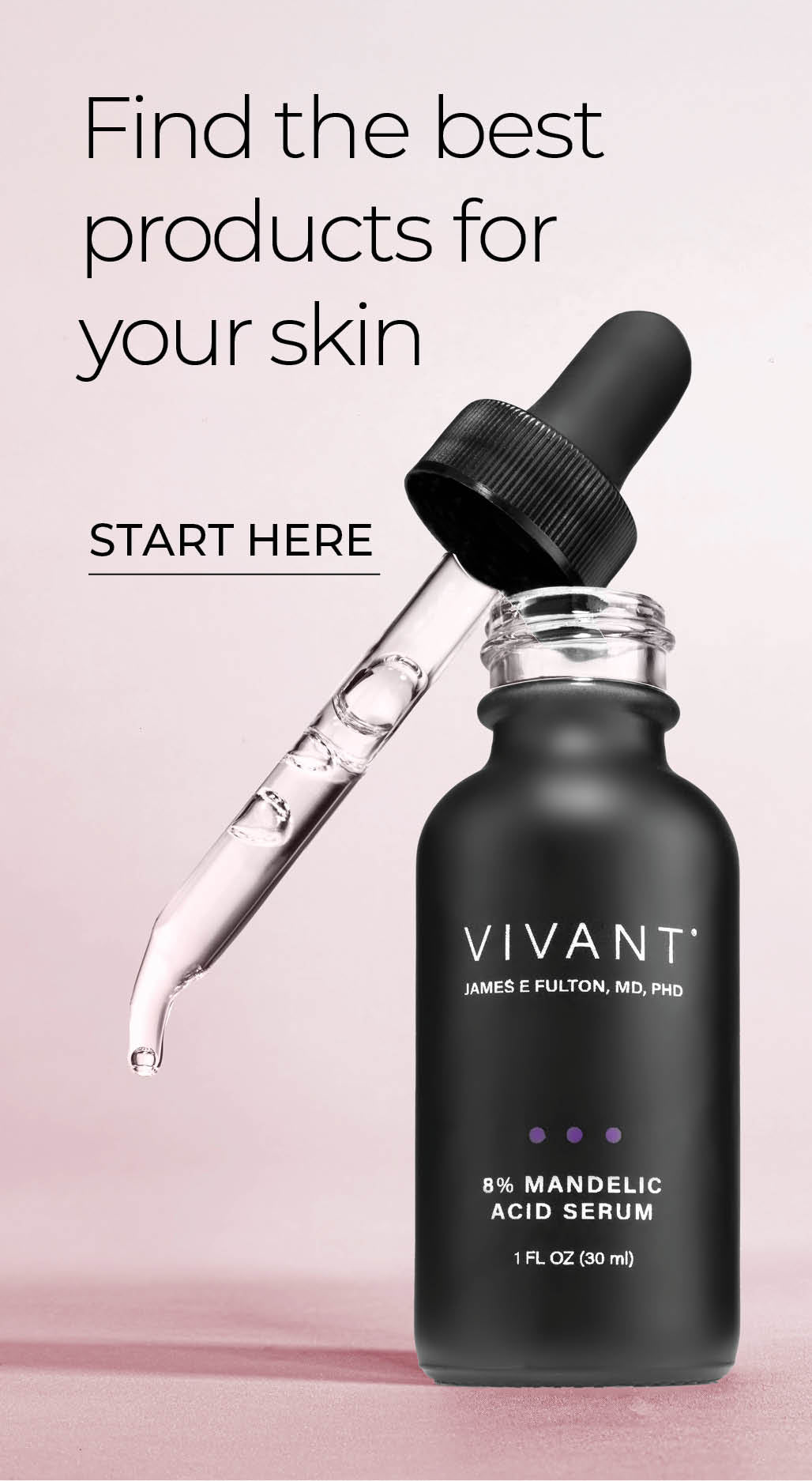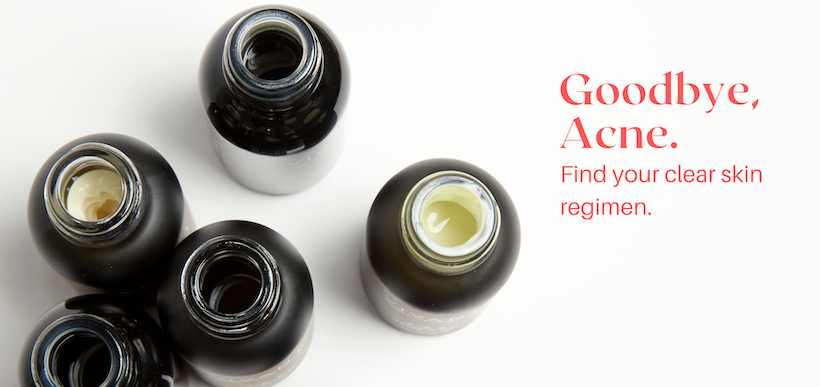5 Mistakes to Avoid When Using Retinoids (Vitamin A)

Table of content
Retinoids are vitamin A molecules renowned for their skin benefits, including treating acne, reducing scarring, promoting a more even tone, and regenerating youthful texture. No skincare ingredient is more researched or revered than vitamin A (retinoids).
But are you getting the most from this essential skincare ingredient? To ensure the full benefit of your products and maximize your skincare results, avoid these common mistakes when incorporating retinoids into your regimen.
Using the wrong type
Within the category of retinoids (vitamin A), there are various types. Pure retinoic acid, the prescription form (Tretinoin), is the most potent, but that potency comes at a cost. It can be very irritating. Non-prescription vitamin A derivatives require conversion to retinoic acid in the skin, making them gentler alternatives. However, they are not created equal.
Retinol, the most widely known non-prescription retinoid, requires two conversion steps to become the active form of retinoic acid. It’s effective but does little to reduce irritation.
Retinyl palmitate is mildest and also the least effective. It requires three conversion steps and has a large molecular structure that keeps it from reaching the deeper levels of the skin.
Retinyl propionate, developed and patented by Vivant founding formulator and biochemist James E. Fulton, MD, PhD, combines the best of all worlds. Its three-step conversion reduces irritation while its molecular structure, which is closer in size to retinoic acid than any other derivative, allows it to reach deep into the dermis to effect change at the cellular level.
A recent study comparing the three top vitamin A derivatives concluded retinyl propionate has a unique metabolic profile and greater retinoid-related bioactivity than either retinol or retinyl palmitate.
Starting too strong
Retinoids are active ingredients that require acclimation by the skin. If you start with too high a percentage or immediately begin with a twice-daily schedule, you risk irritation.
Always start with lower percentages and apply every other night for the first week or two. Depending on how your skin responds, you can move to daily usage and add a morning application if desired.
Vivant’s Retinoid (vitamin A) therapies are multi-tiered, starting with percentages appropriate for skin new to vitamin A. Our Derm-A-Gel serum is step one in our transformative Retinoid (vitamin A) path. Start there and move up to the next level when you want to push your results farther.
Top Retinoid Starter Serum
Mistaking acclimation for reaction
Vitamin A speeds cellular renewal to improve tone and texture, causing dead cells to rise rapidly to the surface to be sloughed off. This accelerated cellular timeline can result in flaking, and sometimes mild redness as your skin adjusts to the new ingredient.
You may also experience purging as breakouts brewing in the pores are pulled to the surface faster. What seems like a sudden flare-up is really the process of clearing.
As your skin acclimates to vitamin A, the benefits will continue, but the flaking and other signs of acclimation will diminish. If your skin becomes overly irritated, red, or feels tight and dry, back off to every other day and gradually increase back to daily usage.
Thinking you can’t pair vitamin A with acids
A long-circulating myth holds that combining vitamin A and AHAs will over-exfoliate and irritate the skin. That may be true when using the most potent form of pure retinoic acid, but with the gentler derivatives, the opposite is true.
Vitamin A works in the lower levels of the dermis to ramp up cellular function, pushing new cells to the surface faster, causing dead cells to shed more rapidly. Acids exfoliate dead cells from the skin’s surface. When used together, these actions complement each other to enhance performance and results.
The keratolytic effect of acids clears dead cells that would otherwise impede the absorption of vitamin A. Studies confirm that the combination is well-tolerated by skin, and the results are very positive.
Starting too late
Defending skin from wrinkles and sunspots should be part of your routine long before you begin to see any signs of aging. Loss of collagen and the changes to the skin from photodamage start in your 20s and appear in your 30s and 40s. By that time, these issues are harder to treat.
But retinoids are not just for preventing aging. Vitamin A was originally developed as an acne treatment. Starting vitamin A therapy in teen years to clear and control acne will result in long-term healthier skin, improved texture, and reduced risk of scarring.
Use Vitamin A:
- In your teens to clear acne and prevent scarring
- In your 20s to clear acne and prevent signs of aging
- In your 30s to maintain collagen and combat photodamage
- In your 40s smooth lines and reduce pigment
- In your 50s and beyond to do it all
Starting early with vitamin A at lower percentage formulations and acclimating over time will make it easy to progress to a stronger formula as you age.


Comments